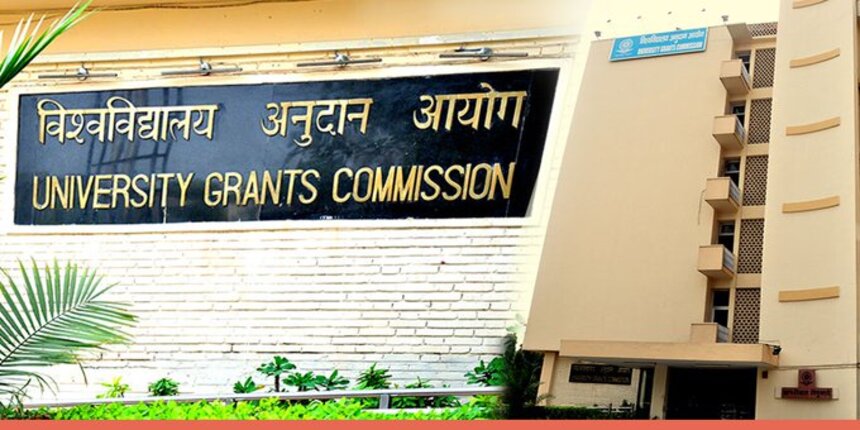UGC issues guidelines for translation of books in Indian languages
Tanuja Joshi | July 16, 2023 | 03:46 PM IST | 2 mins read
UGC recommends the use of 'ANUVADINI,' an artificial intelligence (AI) tool developed by AICTE that enables text file translation, speech-to-text typing, and editing.

NEW DELHI: The University Grants Commission (UGC) has issued the guidelines for the translation of books into Indian languages for higher educational institutions (HEIs) to ensure consistency and maintain the quality of translated textbooks at both national and regional levels.
The commission says that the translation has to be simple with its original meaning and the use of long sentences with multiple clauses can be avoided. The UGC recommends the use of 'ANUVADINI,' an artificial intelligence (AI) translation tool developed by the All India Council for Technical Education (AICTE). ANUVADINI can translate text files, and enable speech-to-text typing, and editing.
ALSO READ| CUET Result 2023: Why and how are CUET-UG scores normalised? UGC chief explains
The Commission for Scientific and Technical Terminology (CSTT) has developed glossaries in various subjects and can be consulted when translating or creating new words or terms. Additionally, the Grantha Academies, language departments of universities and institutes, can also be referred to for regional language translation.
The commission also recommends that complex technical terms may be presented in English within the brackets after their Indian language equivalents. In the absence of Indian language equivalents, English words can be transliterated in the target language script as substitutes. The UGC further highlights the importance of promoting pan-Indian common core vocabulary across all Indian languages, facilitating easier translation and comprehension among speakers of different languages.
ALSO READ| UGC paves way for university-industry partnerships for research, paid internships, funds
The UGC advises prioritizing commonly used words within specific domains. While word-to-word translations are not mandatory, the translated texts should effectively convey the complete meaning and concepts present in the original text. It is advised to avoid connotative meanings that encompass both positive and negative dimensions. Features absent in the source language can also be avoided.
In cases where the translation tool generates a word-to-word sequence, it is required to rephrase the text partially or completely to ensure efficient and meaningful translation. Thorough editing is essential, involving the careful reading of both the original and translated documents.
ALSO READ| CUET PG 2023 answer key at cuet.nta.nic.in, challenge by July 15: UGC chairman
The guidelines also stress the preservation of the original numbering or bullet points, as well as formulas, equations, and symbols. Such elements should remain unaltered in the translated text example – numbering (1,2,3 ..., or i, ii,...) or bullets (a,b,c, etc.) and symbols like Na, Cl, a, a, etc.
It is important to note that these guidelines also apply to the original writing of textbooks in Indian languages. The UGC emphasizes that the guidelines are subject to change as required.
Follow us for the latest education news on colleges and universities, admission, courses, exams, research, education policies, study abroad and more..
To get in touch, write to us at news@careers360.com.